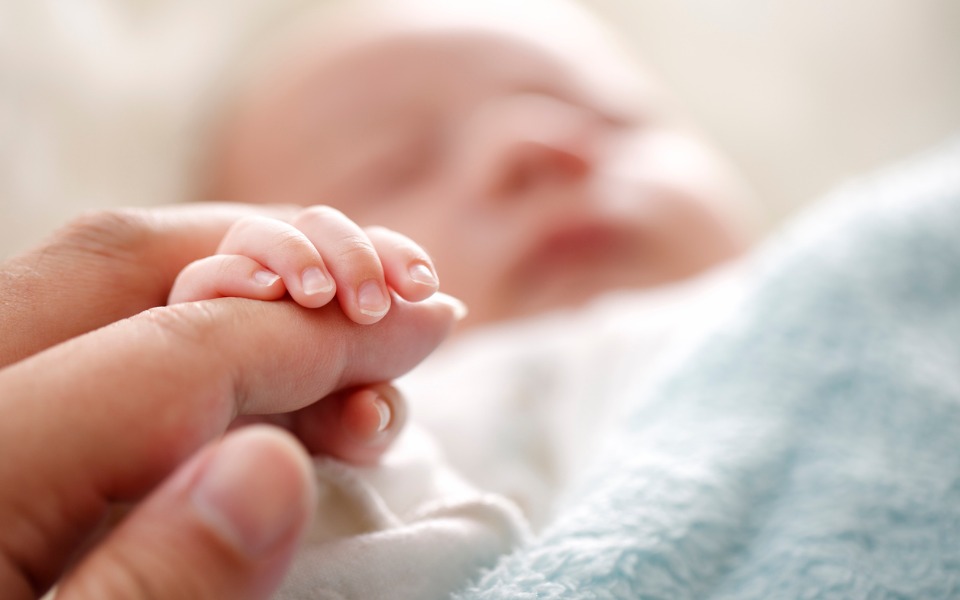
Baby brains may be specialised to see faces within days of birth: Study

The brain of a baby as young as six days old may be hardwired for specialised tasks like seeing faces and places, according to a study which may lead to new markers for the early diagnosis of developmental disorders like autism.
The study, published in the journal PNAS, provided one of the earliest peeks yet into the brain regions of newborns responsible for processing vision using functional magnetic resonance imaging (fMRI) scans.
According to the researchers, including those from Emory University in the US, the noninvasive technology uses a giant magnet to scan the body and record the magnetic properties in blood, measuring blood flow to different brain regions and indicating which are more active.
“Were investigating a fundamental question of where knowledge comes from by homing in on nature versus nature. What do we come into the world with and what do we gain by experience?” said Daniel Dilks, senior author of the study from Emory University. “We’ve shown that a babys brain is more adult-like than many people might assume,” said Frederik Kamps, another study co-author from Emory University.
According to the researchers, much of the scaffolding for the baby brains visual cortex — one of the main regions involved in processing vision — is already in place, along with the patterns of brain activity. But they added that these patterns are not as strong compared to those of adults. The scientists said understanding how an infants brain is typically organised may help answer questions when something goes awry.
“For example, if the face network in a newborns visual cortex was not well-connected, that might be a biomarker for disorders associated with an aversion to eye contact,” Dilks said. “By diagnosing the problem earlier, we could intervene earlier and take advantage of the incredible malleability of the infant brain,” he added.
In the current study, the researchers said the average age of the newborn participants was 27 days. “We needed to get closer to the date of birth in order to better understand if we are born with this differentiation in our brains, or if its molded by experience,” Dilks said.
The study assessed the brain activity of thirty infants — ranging in age from six days to 57 days — as they slept. “Getting fMRI data from a newborn is a new frontier in neuroimaging,” Kamps said. “The scanner is like a giant camera and you need the participants head to be still in order to get high quality images. A baby that is asleep is a baby thats willing to lie still,” he added.
To serve as controls, the scientists also scanned 24 adults in a resting state in which the participants were awake but not stimulated by anything in particular. Using the scanner, the researchers captured intrinsic fluctuations of the brain for both the infants and adults.
According to the scientists, the two regions of the visual cortex associated with face processing fired in sync in the infants, along with two brain networks associated with places. They said the infant patterns were similar to those of the adult participants, although not quite as strong. “That finding suggest that there is room for these networks to keep getting fine-tuned as infants mature into adulthood,” Kamps said.
Dilks said the face networks and the place networks of the brain could be wired together, and talking to each other within days of birth. “They are essentially awaiting the relevant information. The next questions to ask are how and when these two functions become fully developed,” he added.


